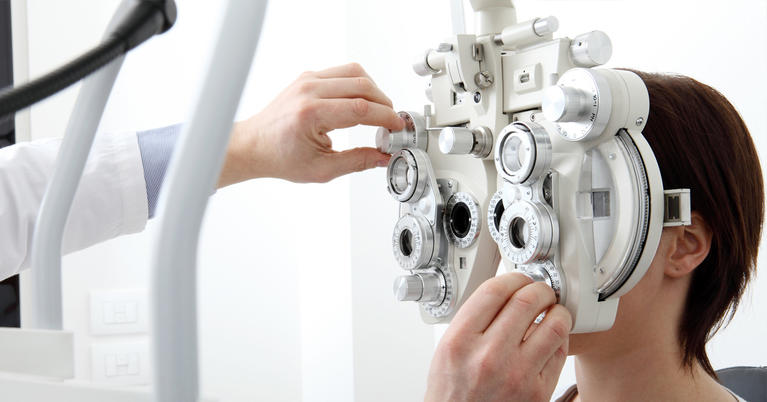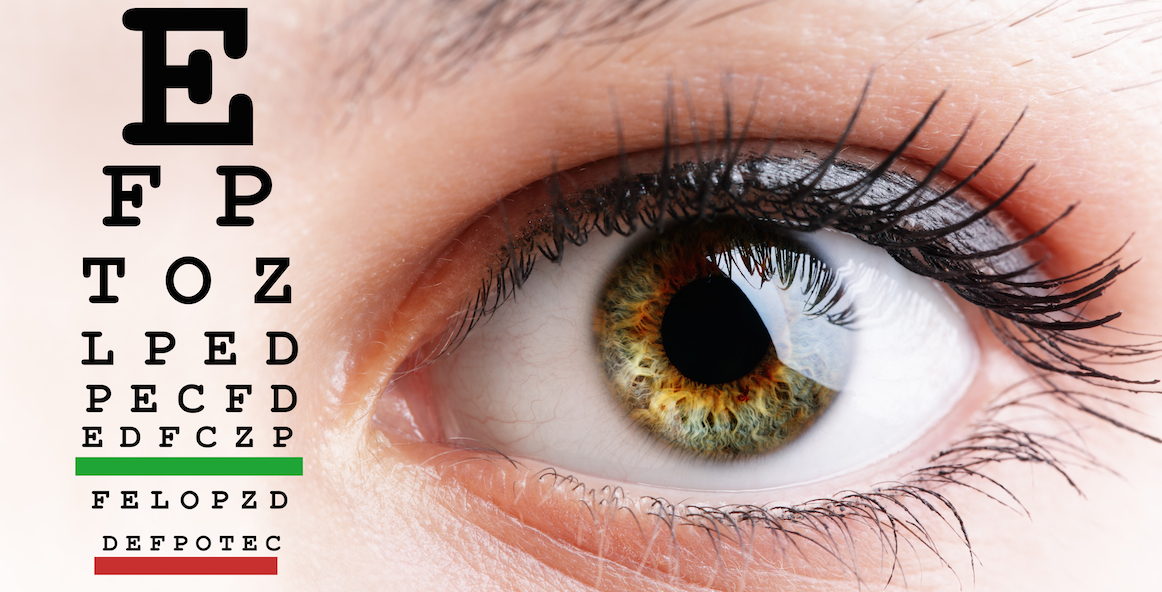Andalusia Pediatrics: Compassionate Look After Your Children
Andalusia Pediatrics: Compassionate Look After Your Children
Blog Article
The Pros and Cons of Different Refractive Surgical Treatments for Boosted Eyecare

LASIK Surgical Treatment
LASIK surgery is a typically executed refractive treatment that aims to fix vision concerns such as astigmatism, nearsightedness, and farsightedness. Throughout the procedure, a thin flap is created on the cornea, and a laser is made use of to reshape the underlying tissue, fixing the refractive mistake.
Among the key benefits of LASIK surgical treatment is the rapid enhancement in vision experienced by lots of clients. A lot of people notice a considerable enhancement in their sight soon after the procedure, with marginal downtime needed for recuperation. Furthermore, LASIK is understood for its high success rate and reduced incidence of complications when done by knowledgeable surgeons. Nevertheless, like any type of operation, LASIK likewise carries some threats, including completely dry eyes, glow, halos, and under or overcorrection of vision. It is essential for people thinking about LASIK surgical procedure to go through a detailed evaluation by an eye care specialist to identify if they appropriate candidates for the procedure.
PRK Treatment
The PRK procedure, also recognized as Photorefractive Keratectomy, is a type of refractive surgical procedure that aims to remedy vision problems similar to LASIK surgical treatment. Unlike LASIK, which entails producing a flap in the cornea, PRK functions on the surface area layer of the cornea.
Among the benefits of PRK over LASIK is that it eliminates the risk of flap-related difficulties since no flap is created throughout the surgical treatment. This can be helpful for people with thin corneas or those entailed in contact sports where eye trauma is an opportunity. The recuperation time for PRK is usually much longer compared to LASIK, as the outer layer of the cornea requires time to regenerate after the procedure. In spite of the longer recovery duration, PRK can be an appropriate option for people seeking vision correction surgical treatment.
SMILE Surgical Treatment
A cutting-edge refractive surgical treatment strategy acquiring popularity in the area of ophthalmology is SMILE Surgical treatment. Little Incision Lenticule Extraction (SMILE) is a minimally invasive procedure that remedies vision by reshaping the cornea utilizing a femtosecond laser. Unlike standard LASIK surgical procedure, SMILE Surgery involves creating a little laceration in the cornea to extract a lenticule, which leads to less disturbance to the corneal framework and possibly quicker recuperation times.
Among the primary advantages of SMILE Surgical procedure is its capacity to deal with nearsightedness (nearsightedness) and astigmatism with high accuracy, resulting in superb visual end results for individuals. The minimally invasive nature of the procedure additionally decreases the danger of complications such as dry eye disorder, making it a favorable option for people seeking refractive surgery.

LASEK Strategy
Having actually explored the advantages and factors to consider of SMILE Surgery, another significant refractive surgery method worth analyzing is the LASEK Method. LASEK, which means Laser-Assisted Subepithelial Keratectomy, is a kind of laser eye surgical procedure that aims to correct refractive mistakes such as myopia (nearsightedness), hyperopia (farsightedness), and astigmatism.
Unlike LASIK, LASEK does not entail developing a corneal flap. Instead, throughout a LASEK procedure, the surgeon utilizes a diluted alcohol solution to loosen the thin outer layer of the cornea, recognized as the epithelium. This layer is then delicately moved apart to permit the laser to reshape the underlying corneal tissue. Once the cornea has been reshaped to the wanted degree, the epithelial layer is rearranged.
Among the primary benefits of LASEK is that like this it can be ideal for individuals with slim corneas who may not be excellent prospects for LASIK. Additionally, LASEK commonly results in very little post-operative pain and a quicker recuperation time compared to PRK. Nonetheless, the aesthetic recuperation process with LASEK might be slightly longer than with LASIK.
Implantable Call Lenses
Implantable Call Lenses provide a long-lasting vision improvement option for individuals looking for an alternative to typical call lenses or glasses. These lenses, likewise called phakic intraocular lenses, are surgically inserted right into the eye to remedy refractive mistakes such as nearsightedness (nearsightedness), hyperopia (farsightedness), and astigmatism. andalusia pediatrics. Unlike conventional contact lenses that rest on the surface of the eye, implantable get in touch with lenses function within the eye itself, providing clear vision without the need for over here everyday upkeep or removal
One of the crucial advantages of implantable get in touch with lenses is their permanence. When placed, they can stay in the eye indefinitely, offering steady and regular vision improvement. In addition, these lenses can be an outstanding choice for people that are not great candidates for laser eye surgical treatment or who choose a reversible vision correction procedure.
Nonetheless, implantable contact lenses do carry some dangers, consisting of the capacity for cataracts or increased eye stress. It is crucial for people considering this alternative to speak with an eye care specialist to figure out if implantable get in touch with lenses are the right option for their details demands and eye wellness.
Conclusion
In final thought, each kind of refractive surgical procedure has its own benefits and disadvantages. LASIK surgery is popular for its fast recuperation time, while PRK treatment may be ideal for individuals with thin corneas.

In General, SMILE Surgery provides an encouraging option for people looking to boost their vision through refractive surgery.
Report this page